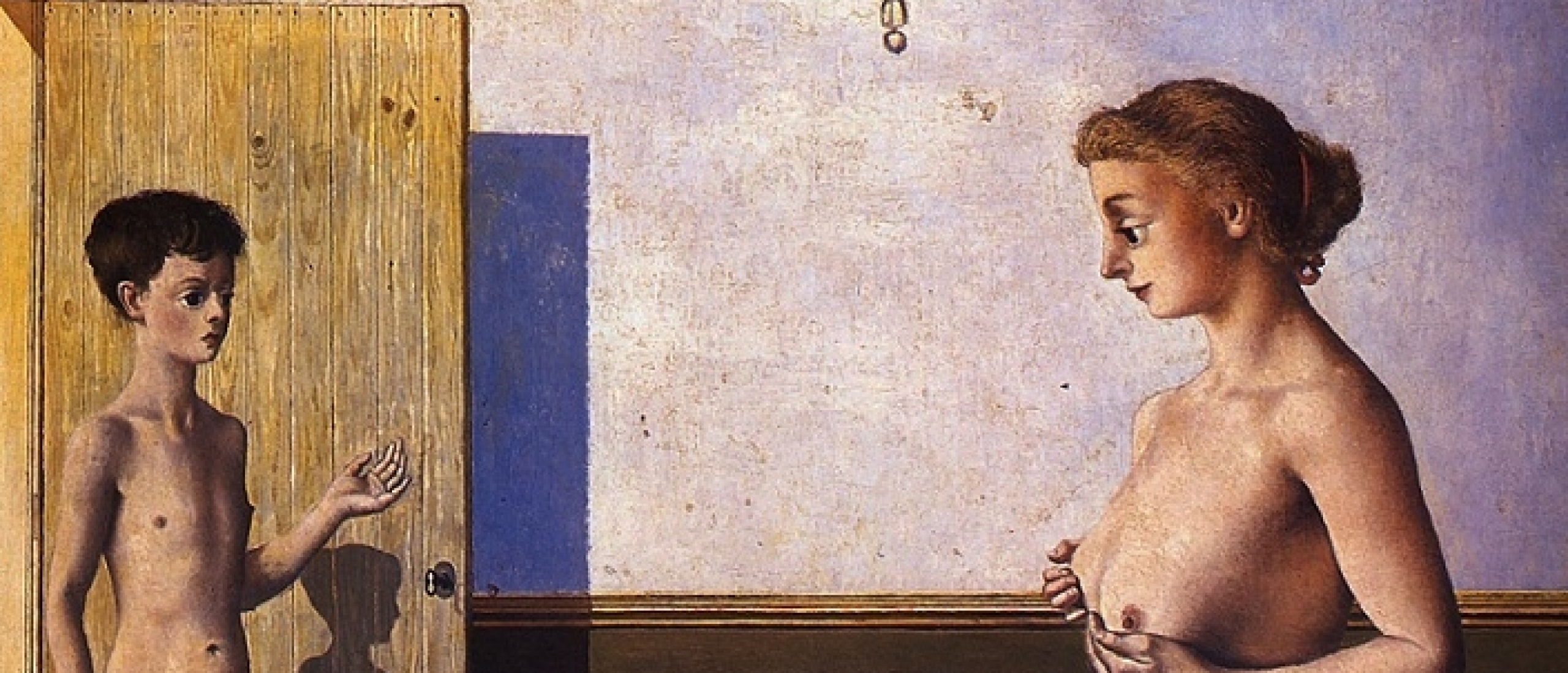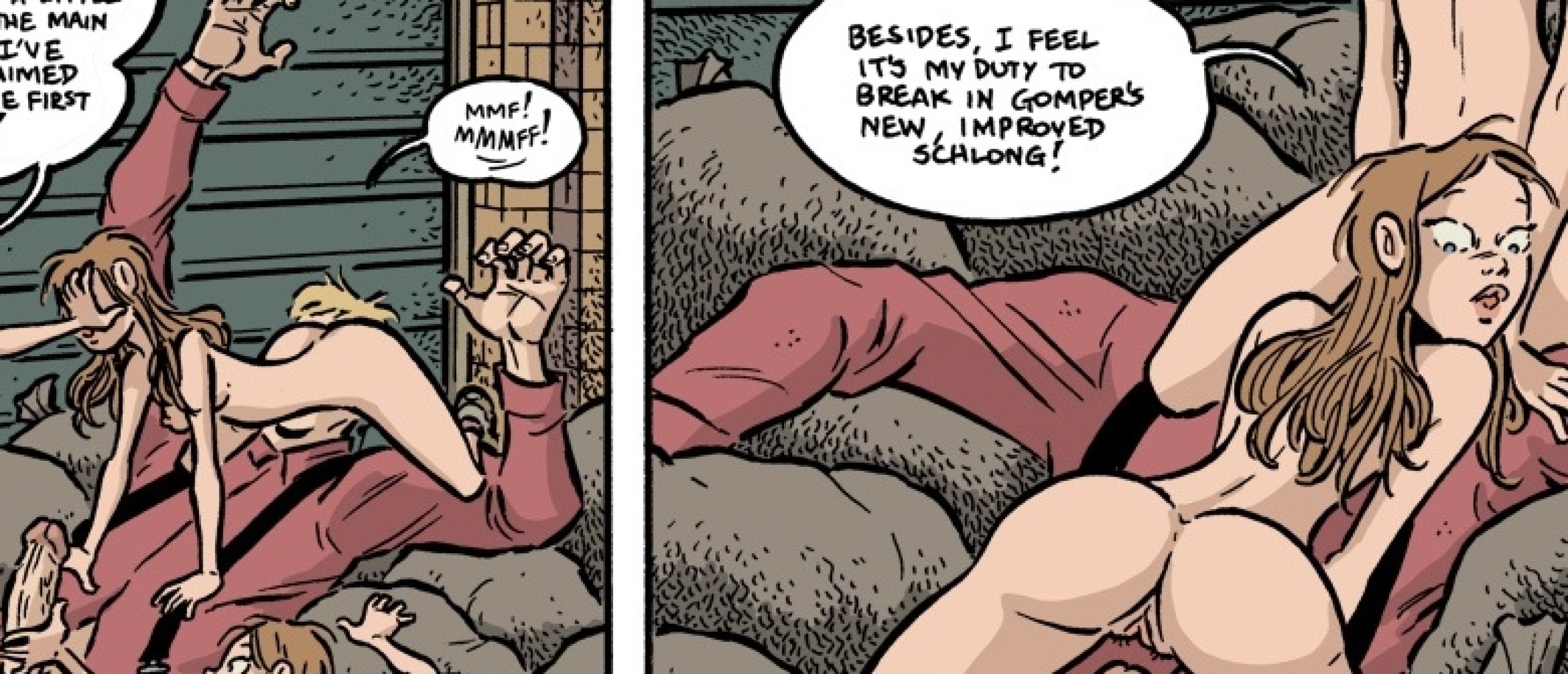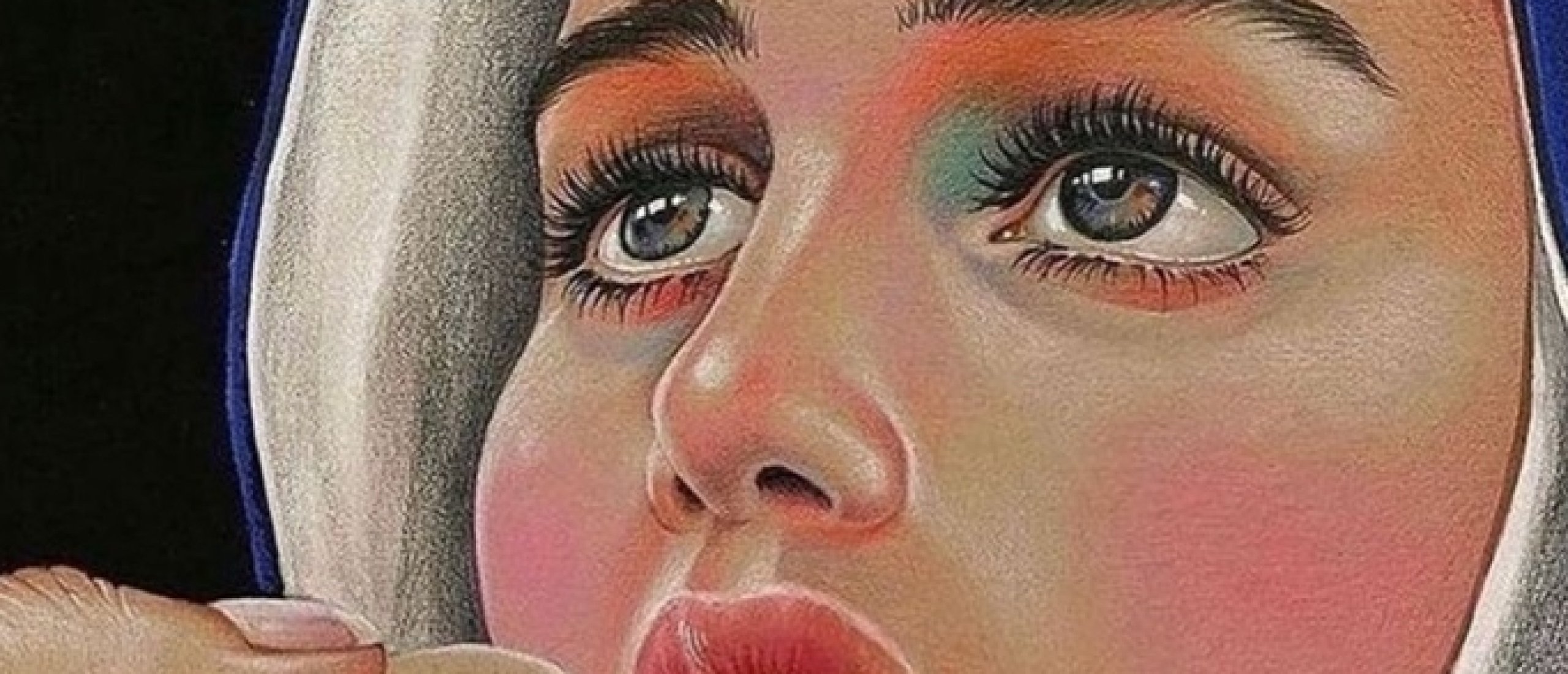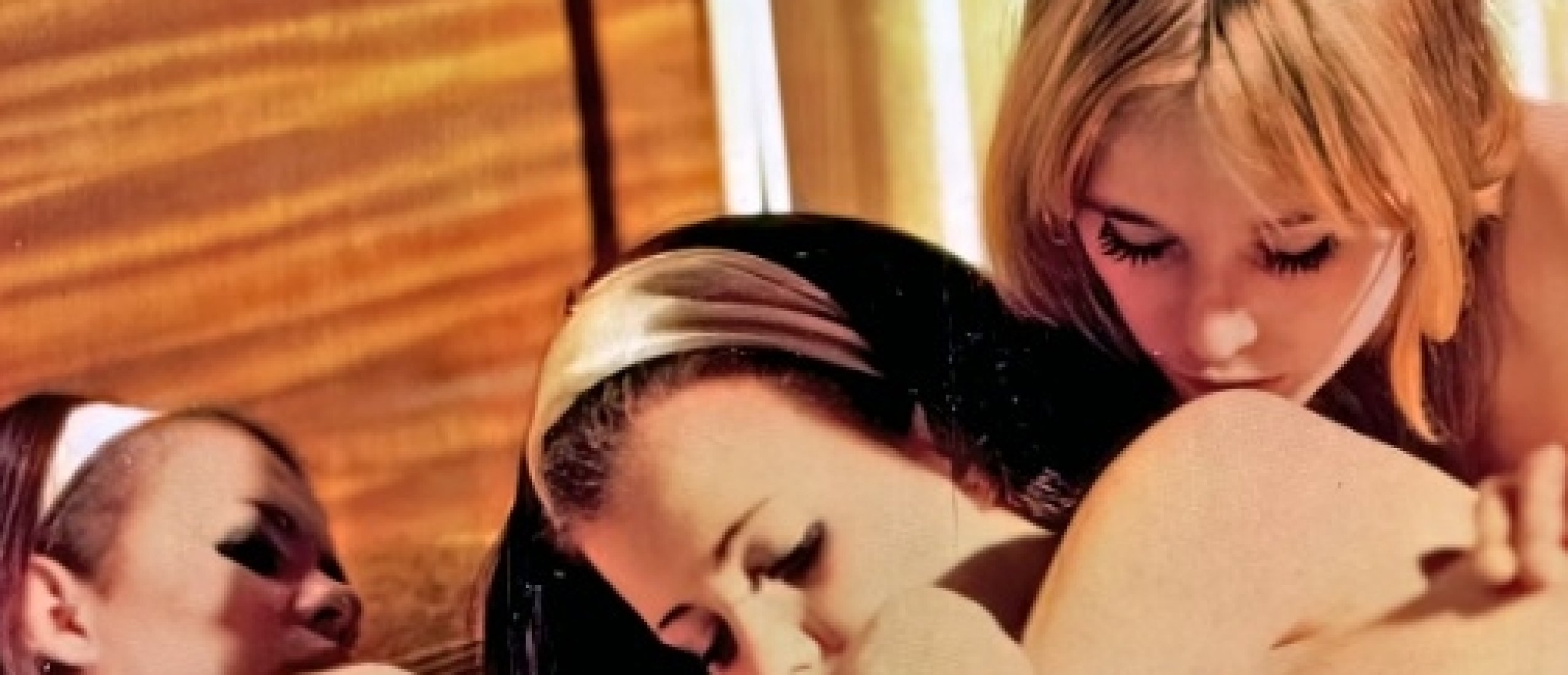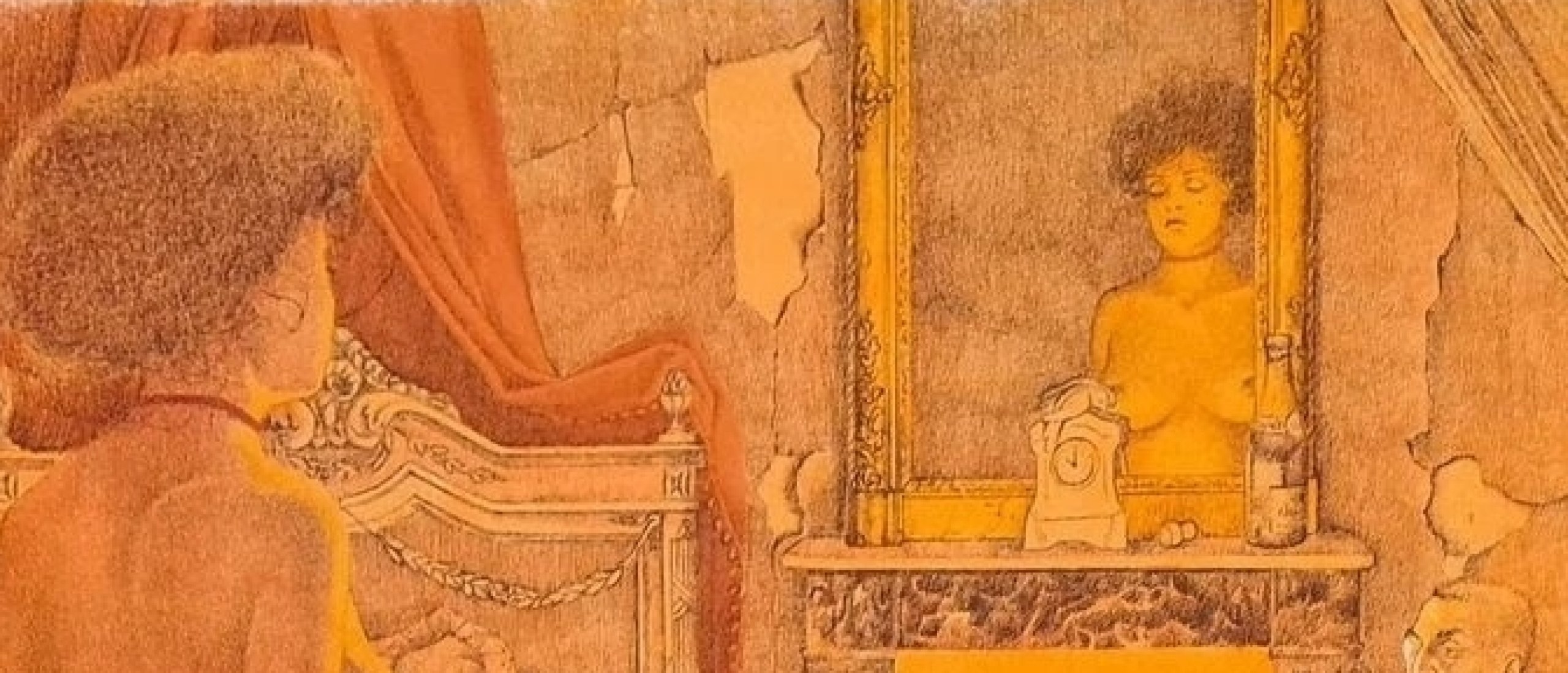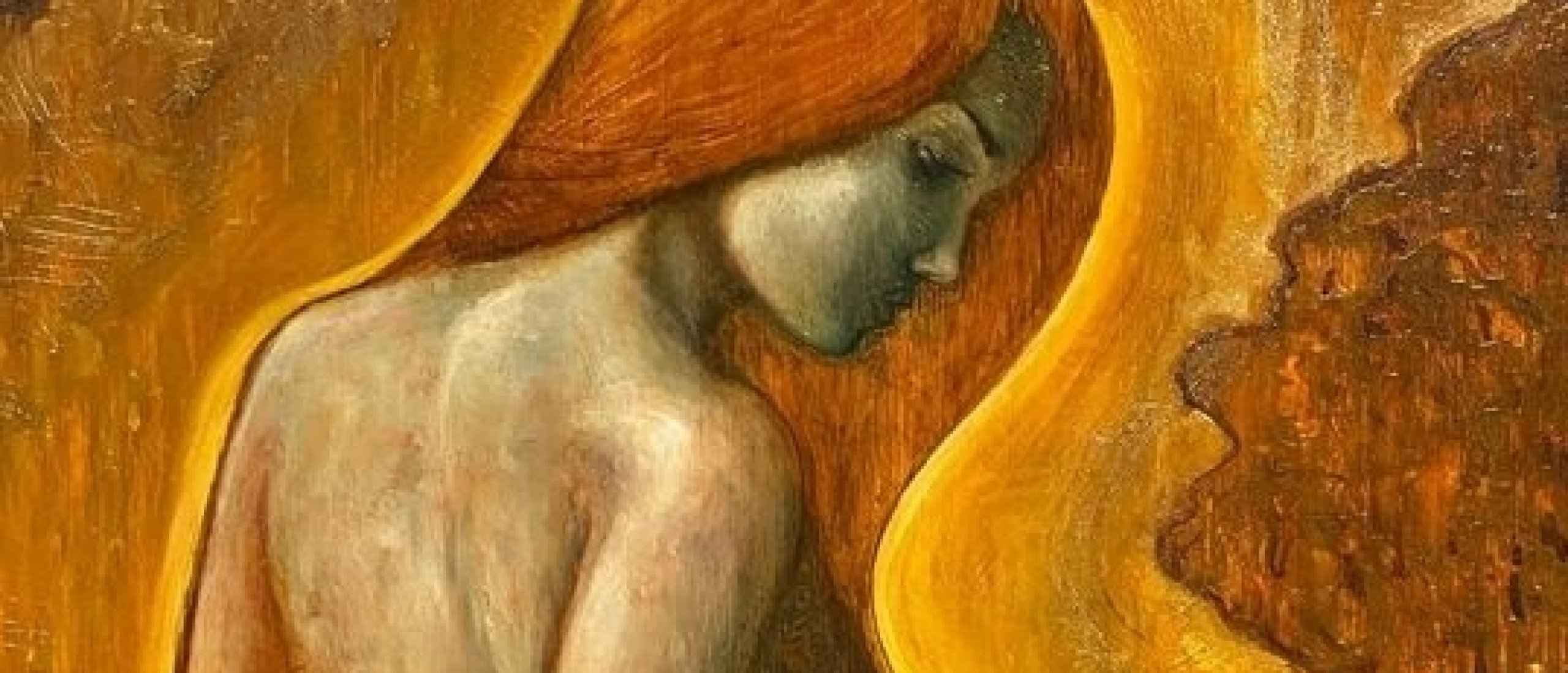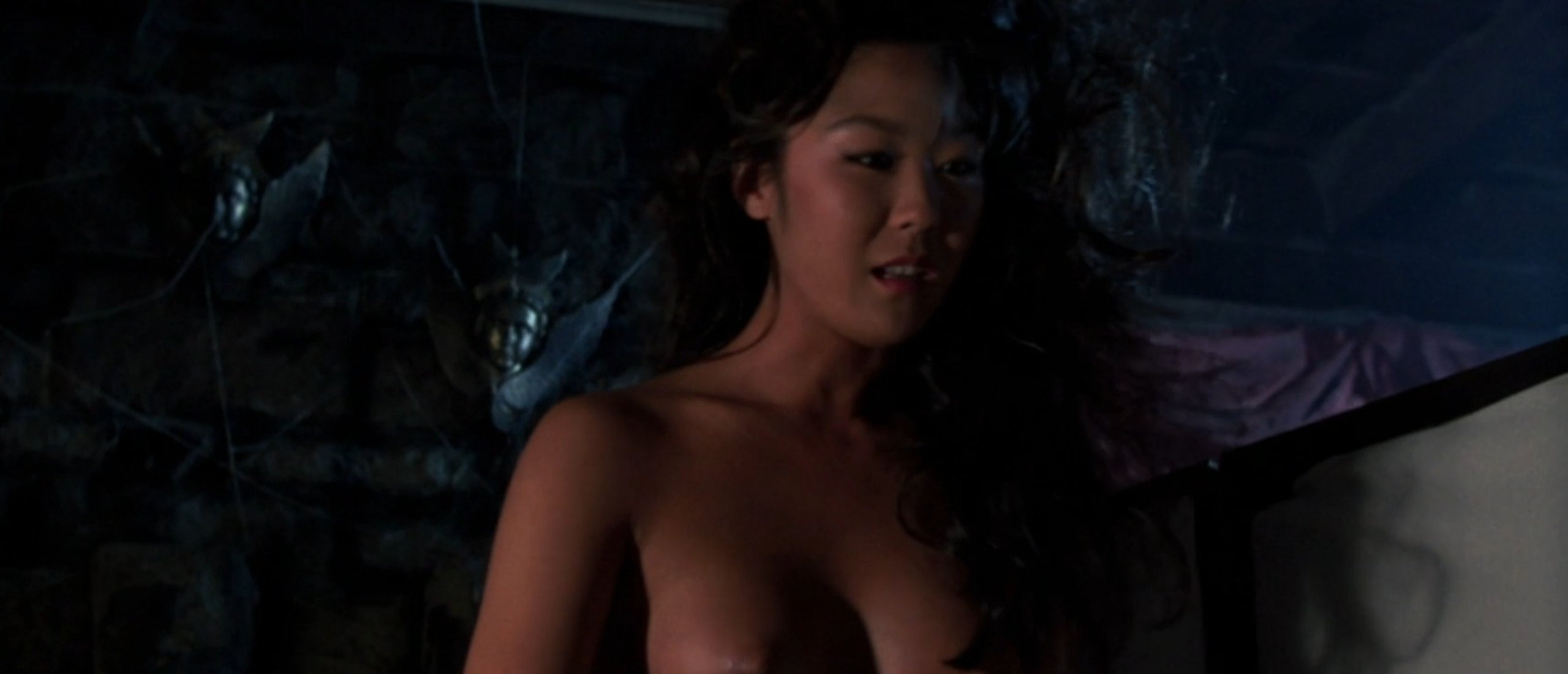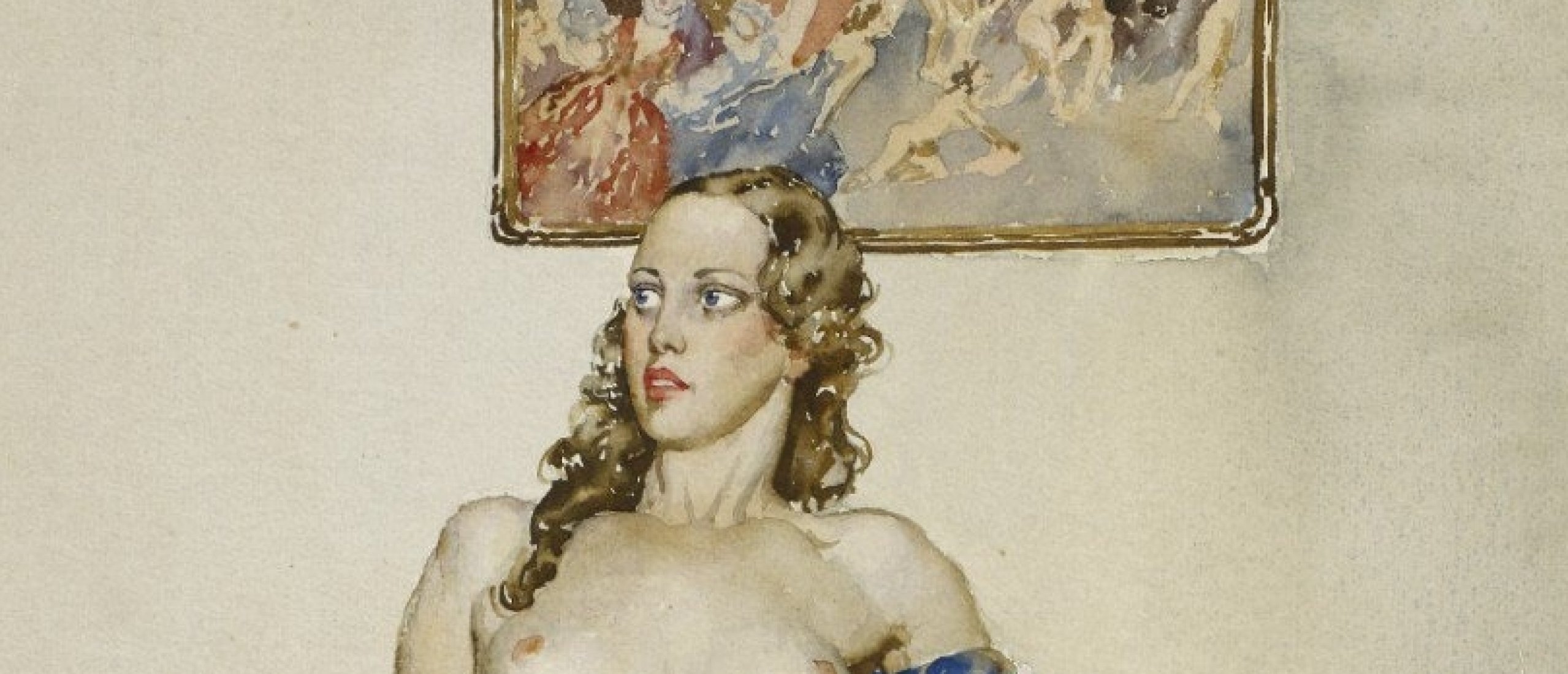
The Rebellion Of the Flesh: Eroticism As Philosophy And Weapon In the Art of Norman Lindsay
EROTICISM AS A CELEBRATION OF LIFE
Norman Alfred William Lindsay (1879–1969) remains one of the most monumental and paradoxical figures in Australian cultural history. An artist whose prolific output spanned painting, etching, sculpture, writing, art criticism, and even children's literature. Yet, behind the facade of the creator of the Australian children's classic The Magic Pudding (1918), lies an artist whose major work was forged in the fire of controversy, fueled by a philosophy many considered libertine, and an unwavering dedication to eroticism. For Lindsay, the erotic was not mere titillation or a pornographic diversion; it was the very core of his worldview, a pagan celebration of life, vitality, and the human body, positioned as a direct assault on what he derisively called "wowserism," the strict moral puritanism that dominated the Australia of his time. The eroticism in Lindsay’s work, therefore, must be understood not as an isolated theme but as the central pillar of his artistic and philosophical rebellion, a weapon wielded against social repression and a vibrant declaration of the primacy of creative effort and vital energy.
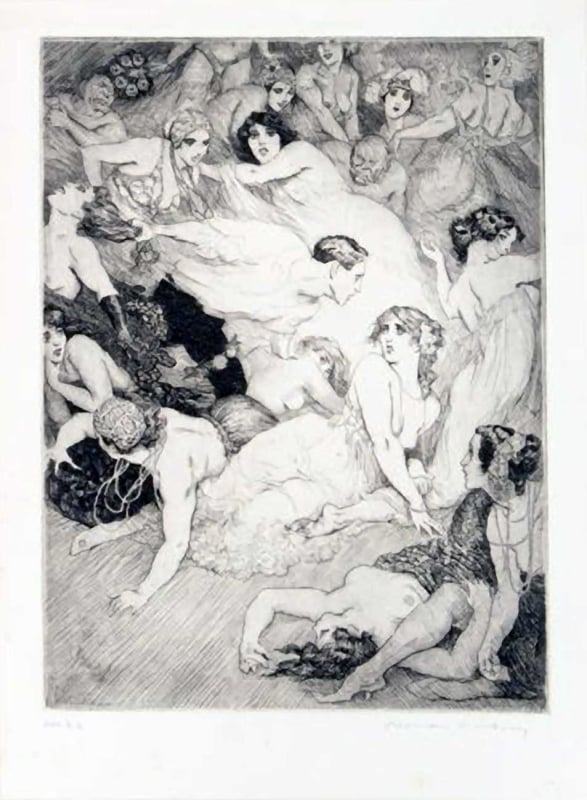
Fig.1 The Isle of San (1917)
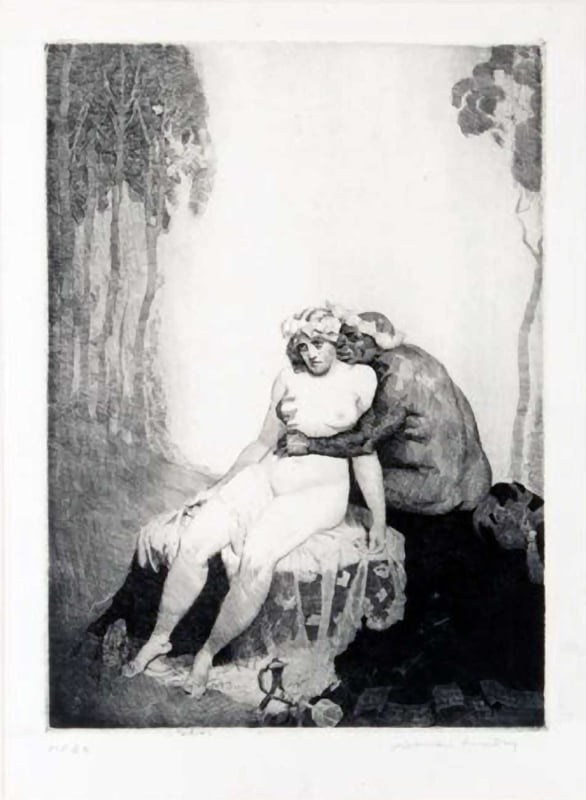
Fig.2 The Isle of San (1917)
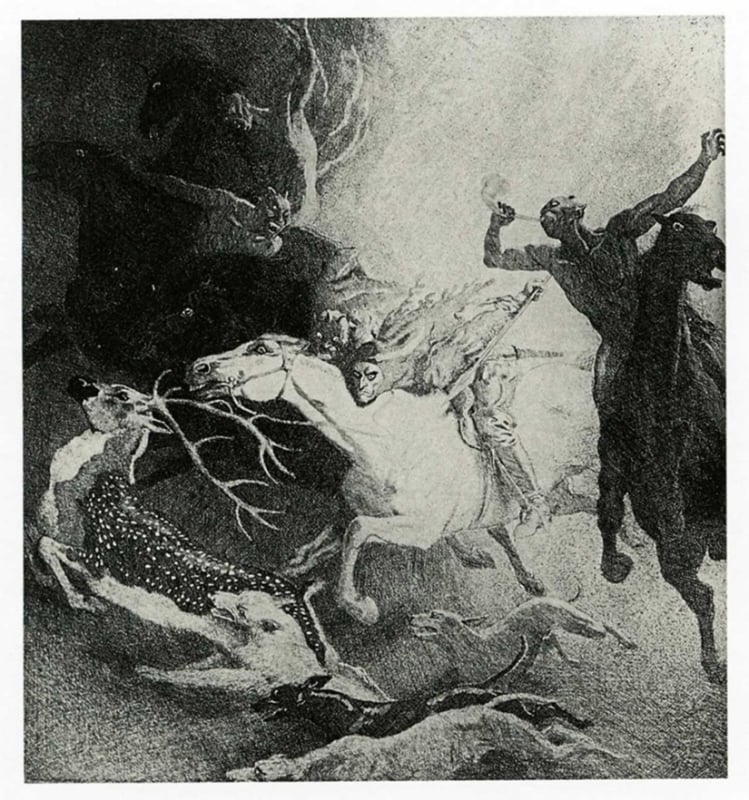
Fig.3 Idyllia (1922)
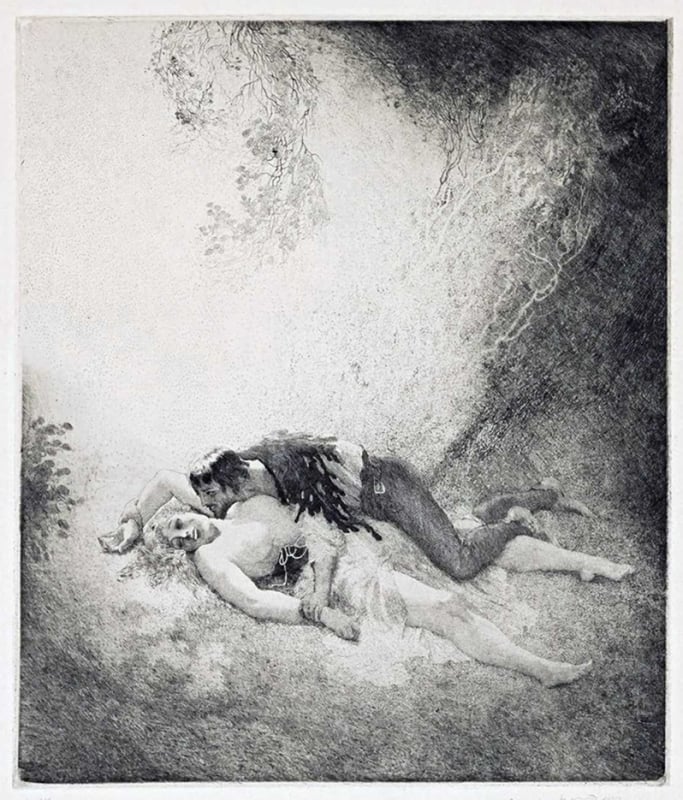
Fig.4 Idyllia (1922)
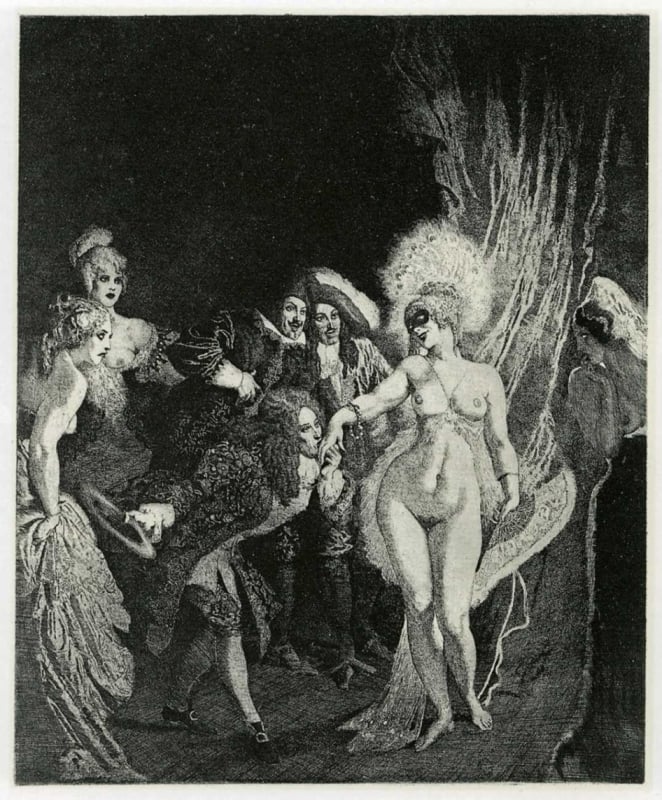
Fig.5 Etchings (1927)
VICTORIAN MORALITY
To comprehend the transgressive nature of Lindsay’s art, it is essential to contextualize the environment in which he operated. Early 20th-century Australia was still under the long shadow of Victorian morality, a broadly conservative society, deferential to British norms, and deeply suspicious of open sensuality. Art was expected to be edifying, morally upright, and decorous. It was against this backdrop of suffocating conformity that Lindsay launched his personal crusade. His philosophy, outlined in his book Creative Effort, championed the idea that the life force, the creative, instinctual energy, was the highest human virtue. He viewed life not through a lens of original sin and moral restraint, but as a Dionysian force to be embraced. Christianity, with its focus on the denial of the flesh and guilt, was, for Lindsay, the direct enemy of this vital energy. In its place, he proposed a neo-paganism, a reverence for classical mythology where gods, nymphs, and satyrs indulged their desires without shame. Eroticism, in this light, became a sacred act, the ultimate expression of life affirmation against the forces of repression and death.
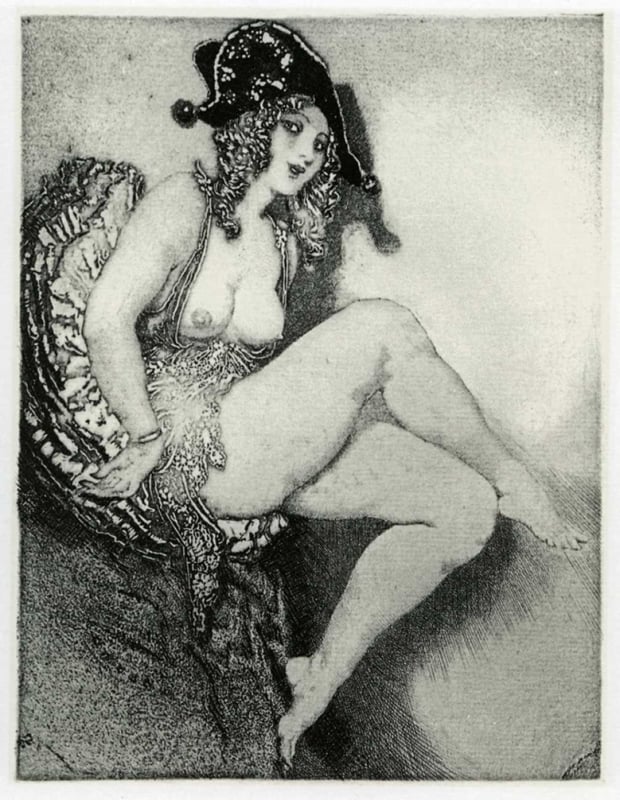
Fig.6 Etchings (1927)
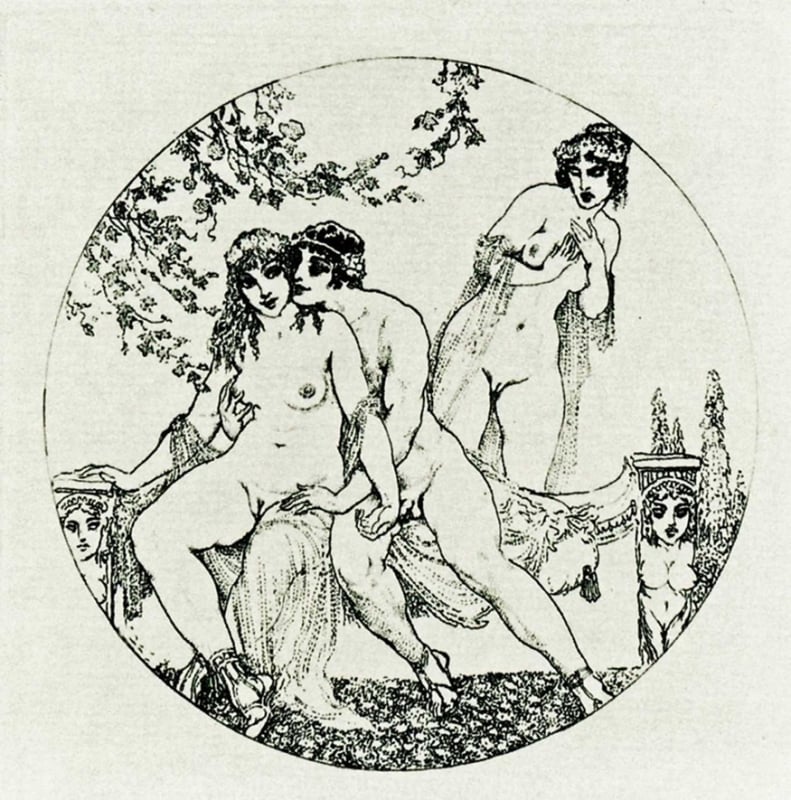
Fig.7 A Homage to Sappho (1928)
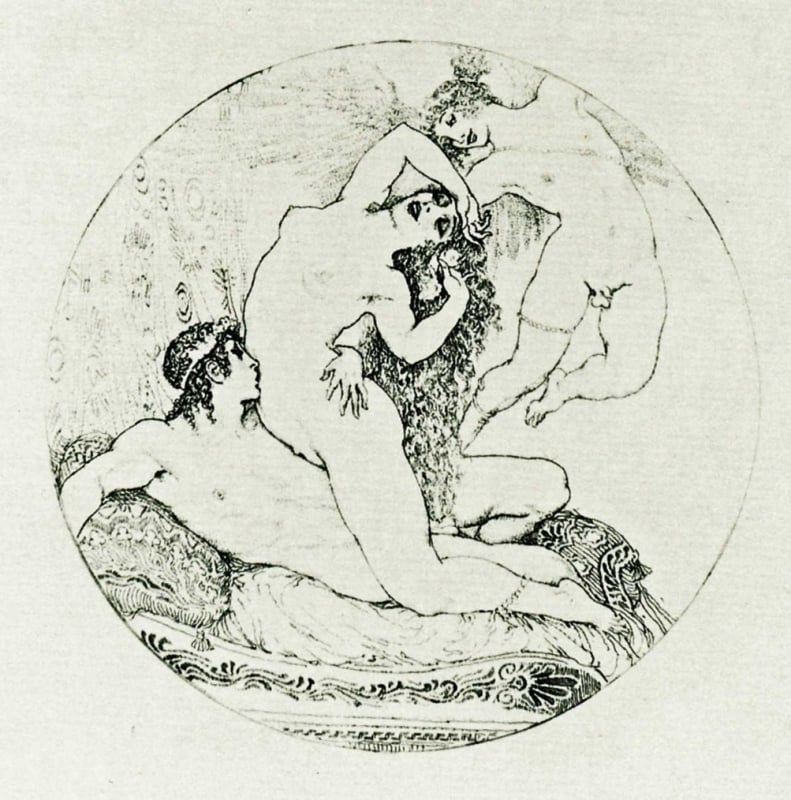
Fig.8 A Homage to Sappho (1928)

Fig.9 Age of Consent (1938)
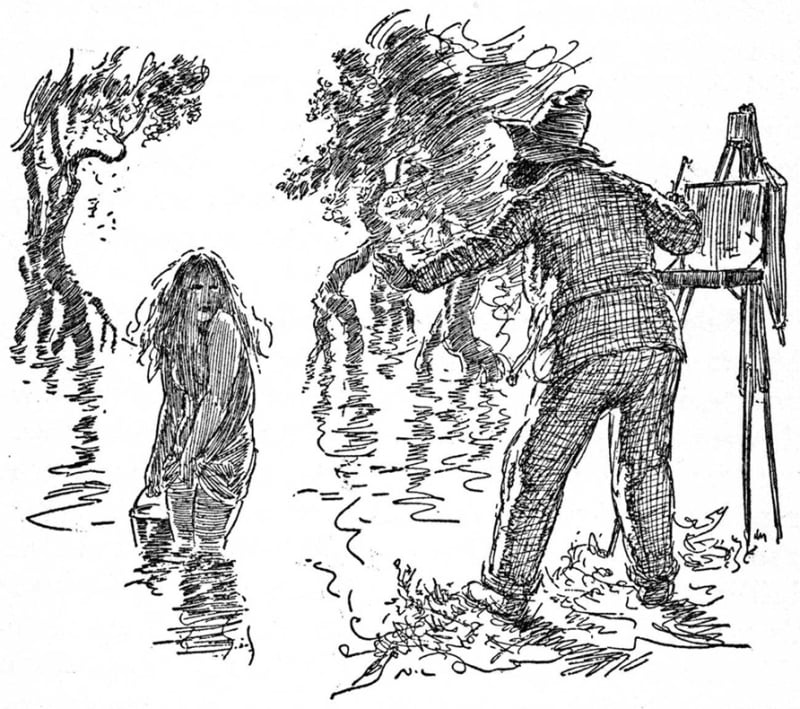
Fig.10 Age of Consent (1938)
This philosophy manifested most vividly in his visual arts, his pen drawings, etchings, watercolors, and sculptures. Aiming to infuse the Australian landscape with erotic pagan elements, Lindsay took Olympus and transplanted it to the Blue Mountains. His canvases and papers are not populated with delicate, ethereal nudes but with sun-drenched bacchanals, where muscular, wide-hipped nymphs and lecherous satyrs cavort in the harsh, golden light of the Australian outback. Lindsay’s figures are deliberately carnal and teeming with life. Critics like Basil Burdett labeled them "fleshy strumpets" and Alan McCulloch described them as "gawky," but these critiques miss the point by judging his work against standards of classical or restrained beauty. Lindsay’s intent was not grace, but vitality. His women are not passive objects of desire but active, powerful participants in their own pleasures. They are strong, confident, and unashamedly physical, their bodies celebrated in all their robustness.
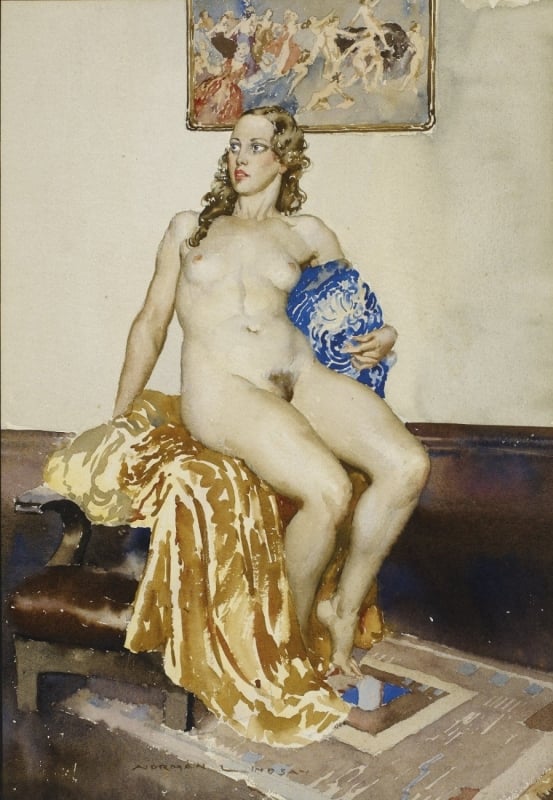
Fig.11 Nude
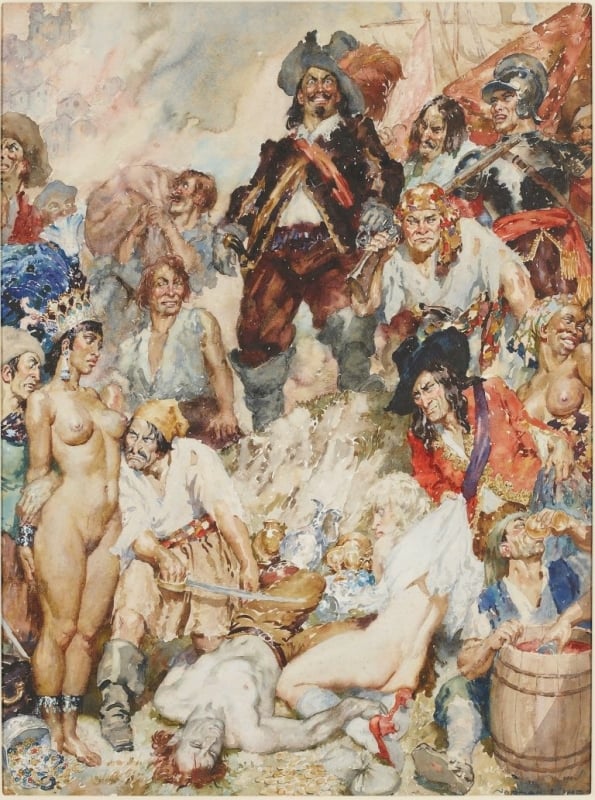
Fig.12 Filibuster's Heaven (1923)
In Premium more on the controversy surrounding his work The Crucified Venus from 1912, his illustration work for Age of Consent, the complexity of Lindsay's eroticism, the artist's "Creative Effort" philosophy, no less than 120 striking images of his erotica including all the illustrations from The Isle of San (1917), Idyllia (1922), Etchings (1927), A Homage to Sappho (1928), and Age of Consent (1938), + A SPECIAL BONUS FEATURE featuring an additional gallery of other erotic work by Norman Lindsay (including his colorful pirate orgies, rare etchings, and concluding with his 'hidden' painting from 1940, and MORE..
Click HERE for an article on the strong sensuality in the paintings of Frank Frazetta
Let us know your thoughts on Norman Lindsay's erotic work in the comment box below...!!

